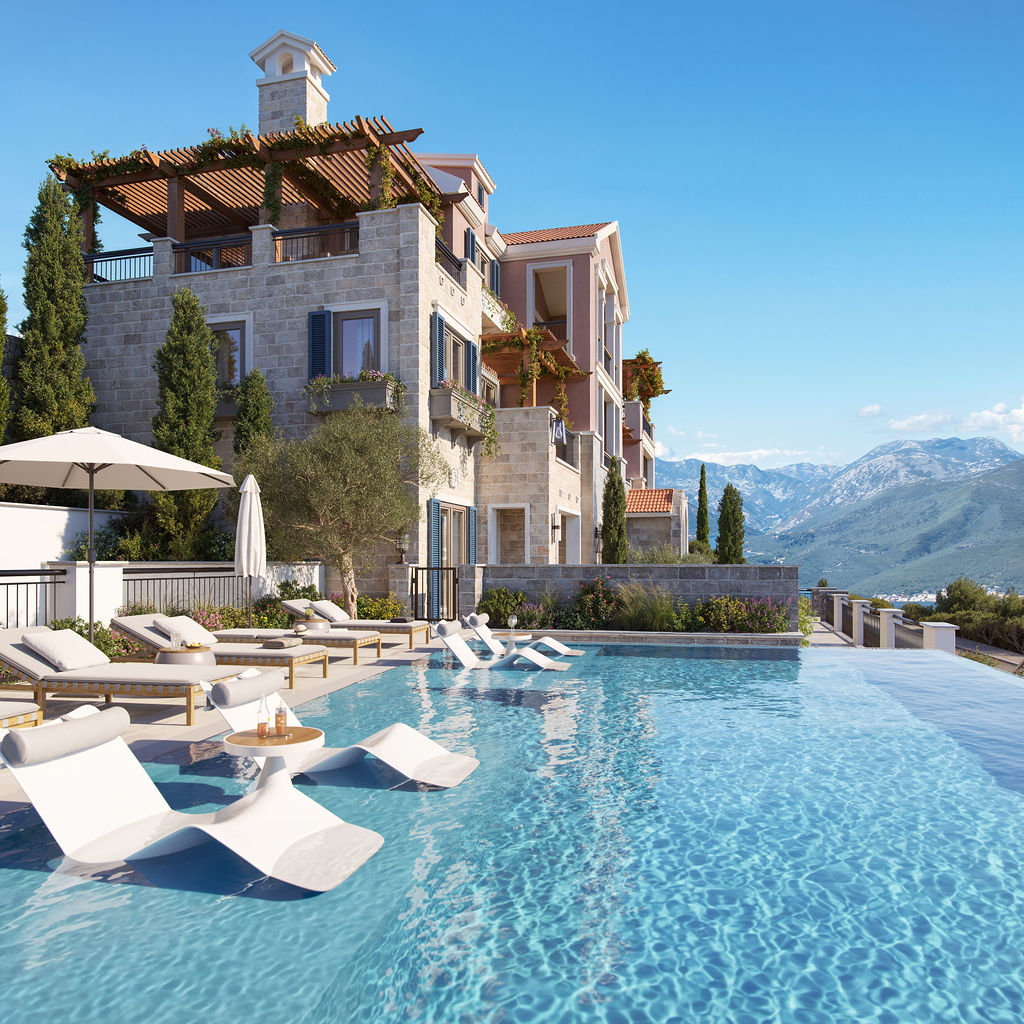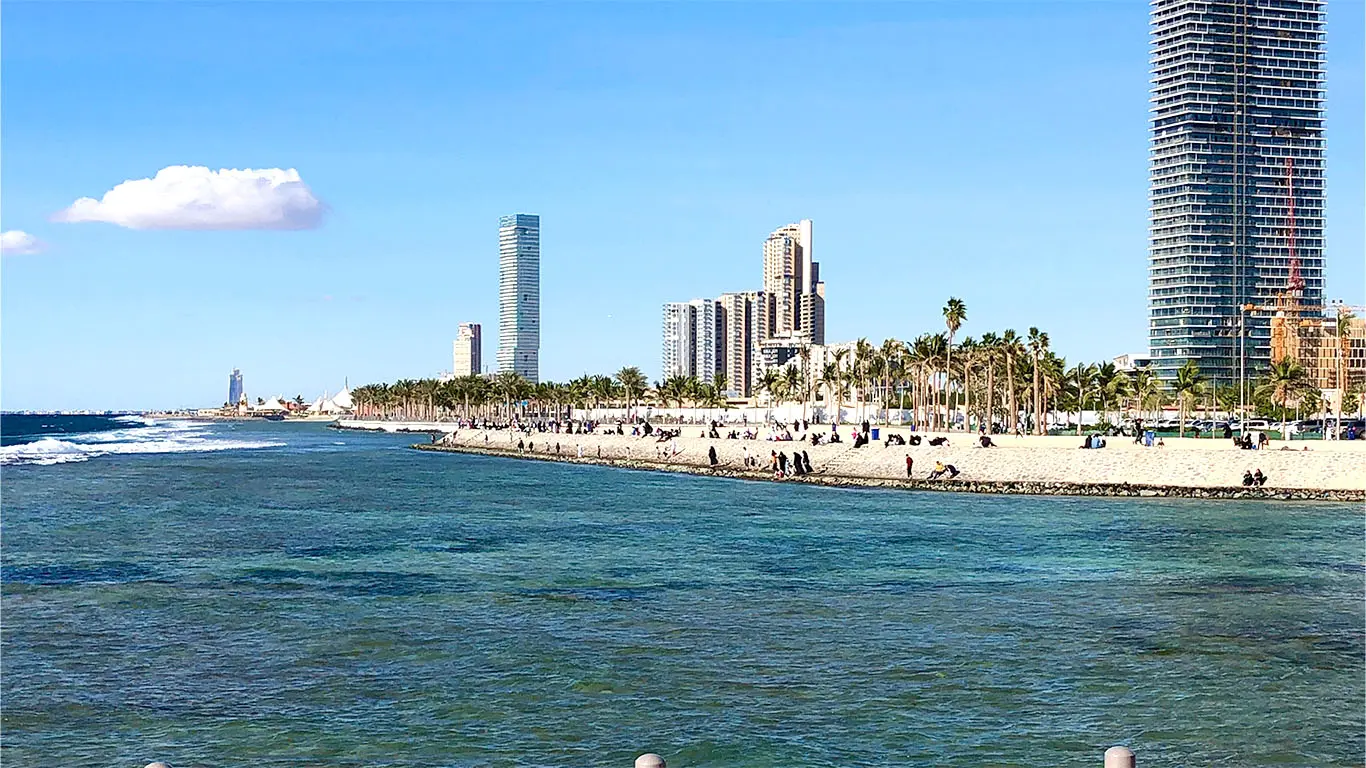
There is something quietly powerful about waking up to snow-covered peaks, the hush of the mountains, and the promise of first tracks on untouched slopes. But for many global investors, ski homes represent much more than seasonal indulgence. They have become long-term financial instruments, lifestyle anchors, and a gateway to lasting family legacies.
So the question stands. Are ski properties a good investment in 2025? The answer lies not only in the numbers, but in what those numbers represent. In this article, we explore the key markets, performance trends, client motivations, and real experiences that are reshaping the ski property landscape this year.

Why buyers are returning to ski resorts in 2025
In 2025, ski property investment is not being driven by speculation or short-term yield. It is being shaped by individuals and families who are searching for connection, memory-making, and long-term value through real estate. What was once a seasonal luxury has now evolved into a form of purposeful investing. Buyers are not only asking how much they can earn. They are asking how long they can hold, who they can share the space with, and how the home fits into a broader picture of wealth, life, and location freedom.
The post-pandemic rise in flexible working, combined with growing interest in physical assets that serve both utility and capital growth, has brought ski resorts back into focus. Today’s buyers see these homes as multi-use assets. Somewhere to enjoy holidays, host extended family, and build equity while renting when unused. Many also want to escape urban cycles and embrace slower seasonal rhythms, at least for part of the year.
How ski properties are performing in 2025
According to Alpine property market data published in Q1 2025, price growth across established resorts has remained positive despite wider global market volatility. In Switzerland, France, Austria, and parts of the United States, ski homes in prime locations continue to attract strong interest from cash buyers and international investors. This is largely due to a combination of scarcity, stable demand, and increasing constraints on new construction within protected mountain areas.
Rental returns have also proven to be consistent. Winter remains the strongest season for weekly rates, particularly in resorts with well-developed infrastructure, ski-in-ski-out access, and luxury service options. However, one of the biggest shifts in the market has been the broadening of demand beyond the snow season. Resorts with summer hiking trails, mountain biking parks, golf courses, and wellness facilities are attracting visitors year-round, which has helped stabilise income streams and improve occupancy rates beyond the traditional December to March window.
While individual property performance varies, most leading ski resorts are delivering gross rental yields between three and six percent annually. In peak season, luxury chalets can generate substantial weekly revenue, with some high-end listings in Courchevel and Verbier renting for over twenty thousand euros per week.

Where the strongest investment opportunities are in 2025
Investors looking at ski homes in 2025 are focusing on a combination of altitude, accessibility, and year-round appeal. While the prestige of locations like St. Moritz or Aspen remains strong, many are now seeking better value in nearby or less commercialised areas that offer similar experiences at a lower entry point.
In Switzerland, Verbier continues to perform well thanks to its limited stock, high international profile, and consistent tourism levels. The Swiss franc has remained a safe currency choice, which adds to the country’s appeal for long-term wealth preservation. While prices are high, investors value the liquidity, prestige, and legal stability Switzerland offers.
In France, Chamonix and Les Gets are emerging as compelling alternatives to the more saturated markets of Courchevel and Méribel. Chamonix’s appeal as a four-season town, with a vibrant local community and direct train links, has made it popular among families looking for a home they can use beyond ski holidays. Les Gets, part of the Portes du Soleil, combines charming alpine architecture with access to over six hundred kilometres of ski runs and continues to attract British, Dutch, and French buyers.
Austria has seen renewed interest in places like Kitzbühel and Zell am See. The country benefits from relatively lower property prices and a warm domestic market driven by German and Austrian buyers. Unlike other alpine regions, many Austrian resorts have focused heavily on summer tourism, with well-developed hiking, wellness, and cultural offerings.
Across the Atlantic, Park City in Utah and Big Sky in Montana are drawing a growing number of US-based investors seeking mountain homes with strong capital appreciation potential. The American market is slightly different, driven less by rental income and more by family use and portfolio diversification. However, the fundamentals remain similar. Investors want mountain properties they can enjoy and rely on, particularly in politically stable regions with strong domestic tourism.
What buyers are really looking for in 2025
Conversations with clients over the past twelve months have revealed a clear shift in how ski homes are viewed. Rather than being treated as purely recreational or speculative assets, these homes are now part of a wider wealth strategy. Buyers are looking for properties that combine long-term value with personal utility. Many see ski homes as legacy investments to be passed down to future generations. Others view them as future semi-permanent residences, with plans to spend multiple months per year living in or near the mountains.
Flexibility has become a major factor. Buyers want properties that are easy to manage, easy to reach, and able to generate income when not in use. Most are looking for a high standard of interior finish, not because they want to show status, but because they value comfort, privacy, and quality of life.
There is also growing awareness of climate sensitivity. Buyers are favouring resorts located at higher altitudes where snow reliability is more certain, and where the local infrastructure supports sustainable development. Resorts with strong local governance, a history of investment in environmental preservation, and well-managed tourism flows tend to stand out.

Challenges investors should be aware of
Ski property investment, while promising, comes with a unique set of considerations. One of the most common is seasonality. Even with expanding summer appeal, ski resorts still experience uneven demand across the year. Owners must plan for vacant periods and work with professional property managers to maintain upkeep, especially in snowy months.
Foreign ownership rules can also be a barrier. In Switzerland, non-residents face strict limitations on where and how much they can buy. Some areas are off-limits entirely. Austria imposes residency requirements in many regions, and France has taxation nuances that impact rental income. Understanding the local legal and tax framework is essential before proceeding.
Maintenance and logistics are another key consideration. Properties in alpine areas often require more attention due to snow loads, extreme weather, and seasonal wear. Buyers need to factor in the cost of snow clearing, heating, security, and off-season care.
Real stories from investors in 2025
Earlier this year, we supported a UK-based couple in acquiring a chalet in the French Alps near Morzine. They were looking for a home that their children and grandchildren could use for decades to come, but they also wanted the property to be financially self-sustaining.
Within six months of ownership, they had hosted their extended family twice, rented the property for six consecutive peak-season weeks, and joined a managed rental programme that gave them complete flexibility over usage. Based on current forecasts, they expect the property to generate enough rental income to cover more than seventy percent of their annual costs, all while enjoying the home themselves every school holiday.
For them, the financial upside was only part of the equation. Their core motivation was building a base in a place they loved, where their family could gather regularly and where they could spend long summer months in the years to come.

A changing definition of value
When asking whether ski properties are a good investment in 2025, it is important to define what investment really means. For many of today’s buyers, return on investment includes more than rental income or capital appreciation. It includes lifestyle enhancement, emotional value, family bonding, and personal freedom.
The mountain home has become a symbol of independence, a space of peace, and in many cases, a personal reward for years of hard work. This blend of meaning and performance is what makes ski properties such a compelling asset class in 2025.
The best investments often serve more than one purpose. Ski homes are doing exactly that. They are delivering tangible returns, but they are also delivering quality of life and lasting experiences. When thoughtfully chosen and well-managed, they offer one of the most fulfilling ways to grow wealth and enjoy it at the same time.
What to consider before buying
If you are considering a ski property this year, ask yourself these questions first. How often do you plan to use the home, and during which seasons? Are you focused on income, enjoyment, or a combination of both? Do you need a full-service, turnkey property, or are you happy to take on renovation or management?
It is also worth looking beyond the brochure. Visit the resort in both winter and summer if possible. Understand the rhythm of the town, the quality of the infrastructure, and the strength of the local rental market. Speak to other owners. Build a relationship with an advisor who can guide you through the legal, tax, and operational steps involved.

So are ski properties a good investment in 2025
Yes, but not for everyone and not everywhere. For the right buyer, in the right market, with the right mindset, a ski home in 2025 offers far more than just bricks and mortar. It offers a real connection to place, a reliable asset within a balanced portfolio, and the chance to turn personal enjoyment into financial return.
We work with clients who want more than a holiday home. They want clarity, confidence, and properties that align with the bigger picture of their life. Our role is not just to show listings. It is to understand where you are headed and help you find investments that support that journey.
If you are exploring ski property investment this year, we would love to start that conversation.

Become a member to Access our full network. The ultimate community for global investors.


























